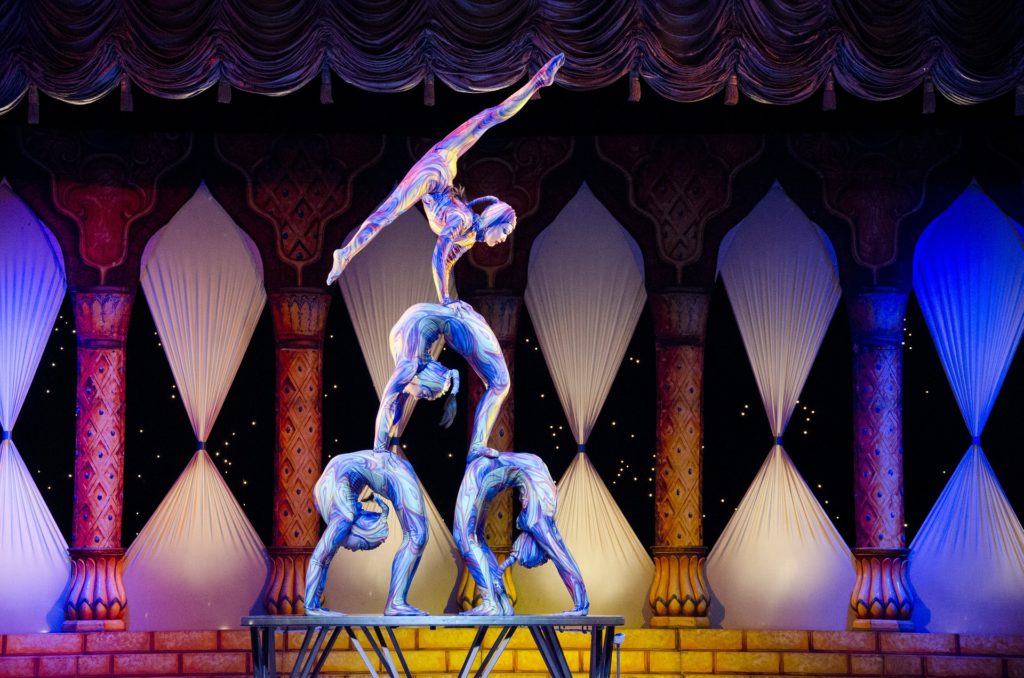Last week, I talked about how yoga is for everyone. Unless you have a specific condition or medical reason that you shouldn’t do yoga, it is absolutely for you.
This week, I’m going to introduce you to an idea that I’ve found many people are surprised by.
Yoga. Shouldn’t. Hurt.

If a pose or flow is causing you pain, it’s time to re-evaluate.
But what about “no pain, no gain”?
Yoga isn’t that kind of activity. It’s definitely exercise, and it’s great to challenge yourself whenever possible, but dealing with aches and pains isn’t supposed to be a part of the challenge.
Yoga doesn’t need to be a “no pain, no gain” exercise.
I’ve talked to several people who thought yoga wasn’t really “for them” because they were too stiff, couldn’t manage the poses and always left the class feeling achy and exhausted. You shouldn’t dread a pose or feel like you’ve lifted too-heavy weights after a yoga session.
If this sounds like you, then I want you to know that I’m NOT saying that this is your fault. It isn’t.
What I AM saying is that you probably didn’t know that it doesn’t have to be this way.
The Beauty of Modification
Most yoga teachers don’t spend a lot of time going over modifications for the poses in their classes, especially if the classes are fast-paced or very full.
Modifications are under-utilized, especially in large or fast-paced yoga classes.
However, you should know that basically every single thing you do in a yoga practice can be modified in a LOT of ways. I’ll be talking in-depth about specific ways to make common poses work for you in later posts, but I just want to introduce you guys to the idea that there are levels to this that you probably were never told about.
Changing a pose to suit your needs isn’t just for old people or women who are pregnant. You might need to modify a pose one day and not need to change it at all a few days later. It’s all about learning to listen to your body and work WITH it rather than feeling frustrated by it.
Blocks and Blankets and Bolsters, Oh My!
Using props might seem fussy (I felt that way for a long time!), but it turns out that it was just what I needed. I have short arms, wide hips and thick legs, and this makes doing a lot of poses difficult.
The first time a teacher gave me blocks to help with a pose, I was stunned by how much better I felt and how much more stable my whole body was. Before that, I had just assumed that my balance wasn’t great and I would just have to struggle in that pose whenever it came up.
After she made that one simple adjustment, my whole perspective changed. I started looking for ways to modify every pose, and I was happy to be “that bitch” that had all kinds of props stacked beside my mat.

Learning that I didn’t have to struggle was a real game-changer, so I’m hoping I can share that with you guys too.
Here’s a brief introduction to what different props and modifications can do for you!
- Blocks
Blocks can be big or small, thick or thin. Thick blocks are great for people who need help reaching the floor in a standing pose or who need extra stability under their lower back/hips when doing certain floor poses.
Blocks can also be used to help people with long arms get the right amount of stretch when they’re sitting and folding to touch their toes.
You can also use blocks to take pressure off of your feet and ankles in seated positions, or you can tuck them under your thighs to support certain stretches. I always keep a pair of blocks within reach because they’re so useful!
- Bolsters
A bolster usually looks like an overstuffed body pillow. These are most useful in slow practices that are focused on stretching and relaxation. They provide amazing lower back support when you’re laying on the mat, but they can also help you painlessly deepen several types of stretches.
They’re a little unwieldy, so I don’t always keep one by my mat unless I’m planning to have a slow, relaxing practice.
- Straps
Like blocks, straps can really change how a pose feels. There are quite a few different kinds, but the most common ones are flat, woven nylon with a simple buckle to help you secure them into whatever shape you need.
Straps are great for people who want deep leg stretches but have short arms or have issues with holding their legs up unsupported (aka me on both counts). Straps can also be used to bind your legs together or apart so that you can relax in positions that might normally feel too complex.
You can even use straps to help open up your shoulders and chest in moves that require your hands to link behind your back.
- Blankets
Believe it or not, a sturdy blanket is a great tool for yoga. You can use a woven blanket as a way to prop up your tailbone for better seated posture, as a small support for your neck and shoulders, or as a more adjustable prop for your knees, hips and thighs.
Blankets are also great for people who have joint problems or knee issues because they can provide enough cushion to alleviate pain without disturbing the form of a pose.
Blankets are often easier to maneuver than thick blocks or bolsters, so I usually like to keep one or two nearby along with my blocks.
You can also use extra mats, chairs, walls and sand bags to enhance or modify your practice.
If It Hurts, Ask For Help
Yoga teachers aren’t mind readers, and they don’t always know if something is uncomfortable for you. Sometimes, adding a prop is all you need. Other times, you might need a posture variation. There will even be times when you’re doing one small thing incorrectly, and making a slight adjustment is all you need to go from uncomfortable to amazing.
The thing I want you to take away from this post is that yoga shouldn’t hurt. You may need to ease into a pose, or you may need to make adjustments, but you should never feel so uncomfortable that you don’t want to do that pose ever again.

My next set of posts will start talking about some of the most common poses you’ll encounter, and I’ll do my best to break them down and discuss all of the ways that you can modify them to make them work for you.